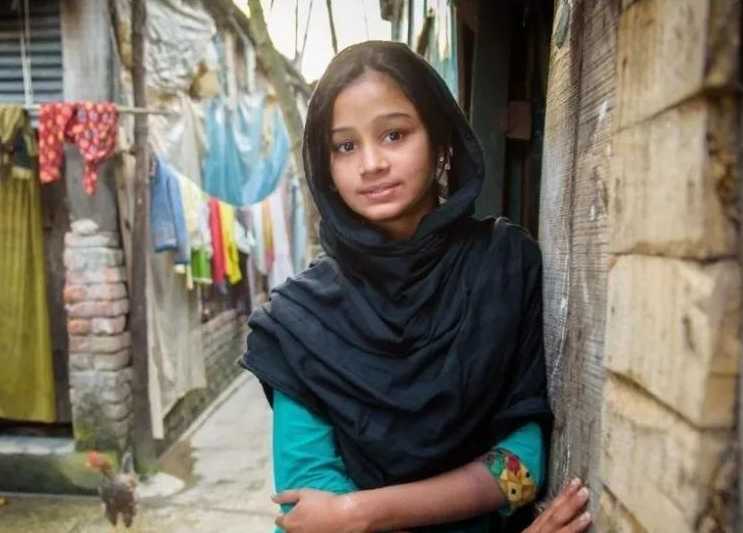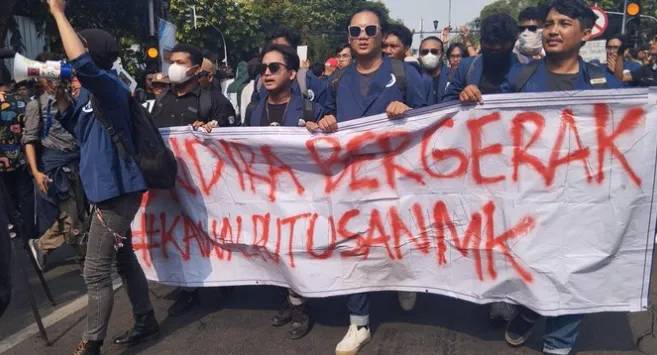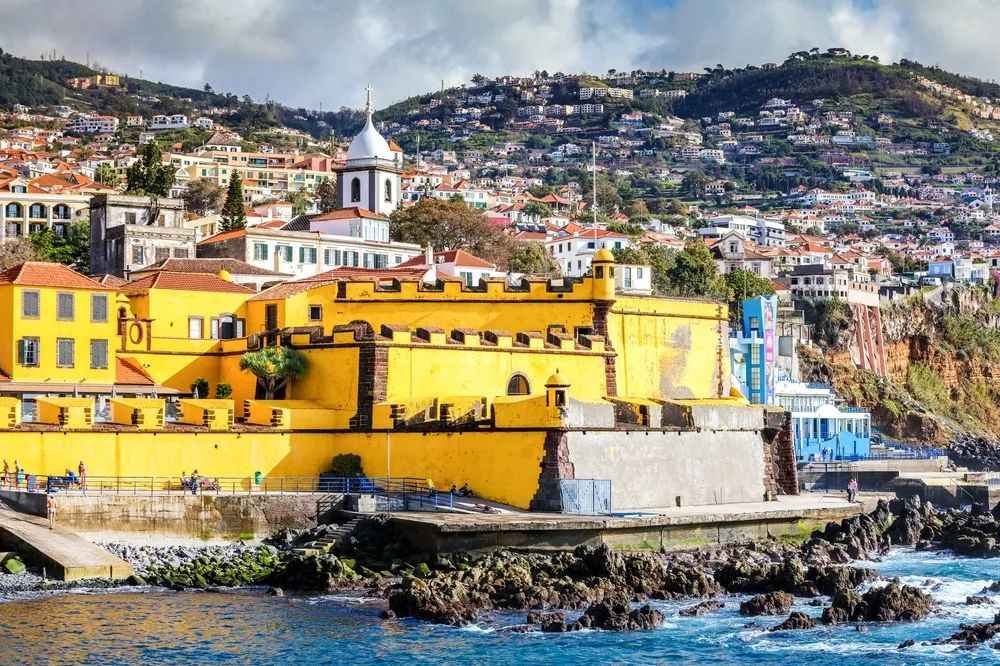
Bangladesh, with a 2024 per capita GDP of $2,650 according to the IMF, faces profound economic disparities and structural vulnerabilities. While the country has achieved moderate economic growth, particularly in the garment industry, these gains have not translated into equitable development. Here’s a detailed analysis of its challenges:
Approximately 41.7 million Bangladeshis (24.5% of the population) live in extreme poverty, with 83.7% concentrated in rural areas17. The rural poverty rate stands at 55%24, driven by limited access to education, healthcare, and basic infrastructure. Multidimensional poverty—encompassing deprivations in housing, sanitation, and nutrition—affects over a quarter of the population, disproportionately impacting children and women.
Agriculture employs 52% of the workforce but contributes only 14% to GDP, highlighting its low productivity. Smallholder farmers, who make up 85% of agricultural workers, rely on subsistence farming with minimal mechanization. Monsoon floods, which submerged 11 districts in 2024 alone, destroyed 1.1 million tons of rice and displaced over 5.5 million people89. Such disasters erase savings and force families into debt, exacerbating cycles of poverty.
The government’s response includes importing rice and reducing import taxes, but long-term solutions like climate-resilient infrastructure remain underfunded. The Asian Development Bank’s $71 million project to improve flood control in southwest Bangladesh18 is a step forward, but nationwide coverage is lacking.
Rural-urban migration has swelled cities like Dhaka, where 40% of the population lives in slums. Despite an official unemployment rate of 4.7%19, urban job markets are saturated. The garment industry, which employs 4 million people, offers monthly wages as low as $8011, while informal sectors—street vending, rickshaw pulling, and construction—absorb 82% of urban workers without social protections.
Young graduates face acute frustration: 400,000 applicants compete for 3,000 government jobs annually due to quota systems favoring "freedom fighter" families23. This fuels disillusionment, as seen in 2024 protests against employment inequities.
- Skill Mismatch: Only 8% of manufacturing workers have formal training, limiting productivity and wage growth.
- Corruption: The banking sector’s $320 billion in bad loans and systemic graft hinder investment1.
- Energy Crisis: A 30% gas supply deficit cripples industries, while reliance on imported fuels strains foreign reserves.
Efforts to diversify—such as promoting jute exports and digital services—show promise, but progress is slow. Jute, which employs 1 million rural women, generates $1 billion annually but remains undervalued compared to garments14.
- Climate Adaptation: Scaling flood-resistant agriculture and expanding disaster insurance (currently limited) could mitigate risks.
- Education and Skills: Investing in vocational training to align with emerging sectors like IT and renewable energy.
- Urban Planning: Upgrading slums and creating green jobs in waste management and solar energy.
- Good Governance: Reforming public institutions to reduce corruption and improve service delivery.
Bangladesh’s resilience is evident in its garment export success and community-driven innovations (e.g., rooftop gardens in slums). However, addressing systemic inequities and climate vulnerabilities requires sustained international support and bold domestic reforms. The country’s journey from "South Asia’s miracle" to a stable middle-income nation hinges on balancing growth with inclusivity.





